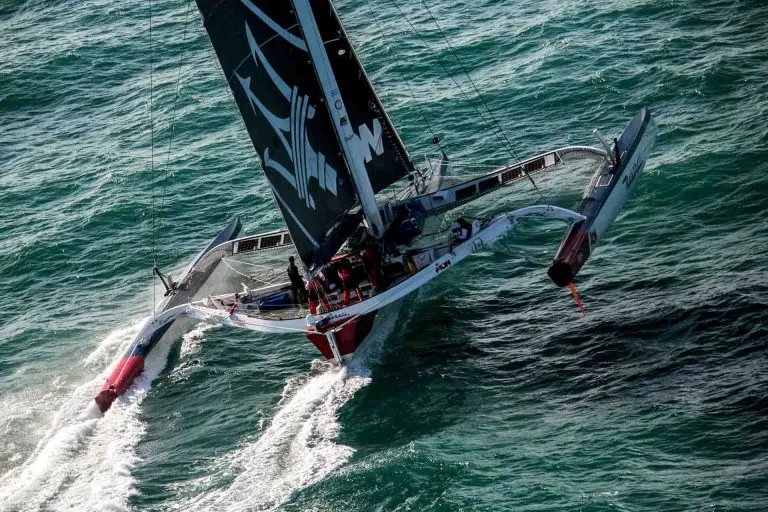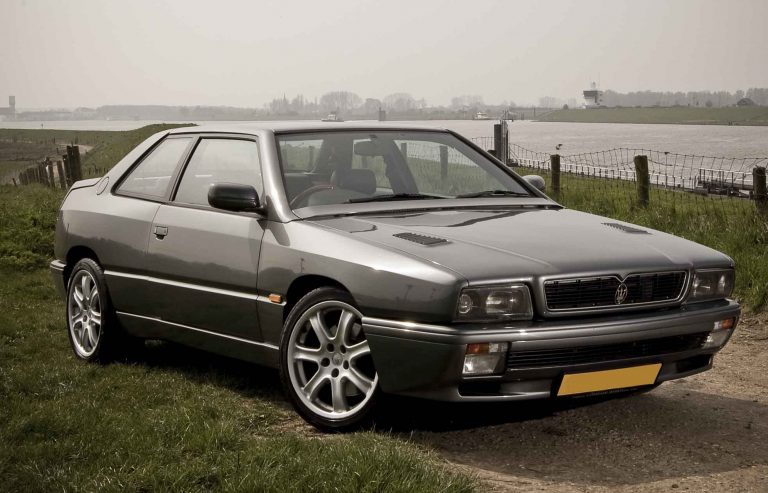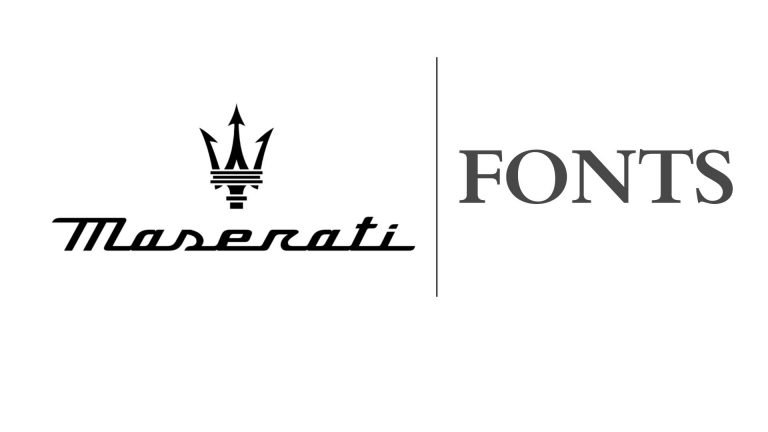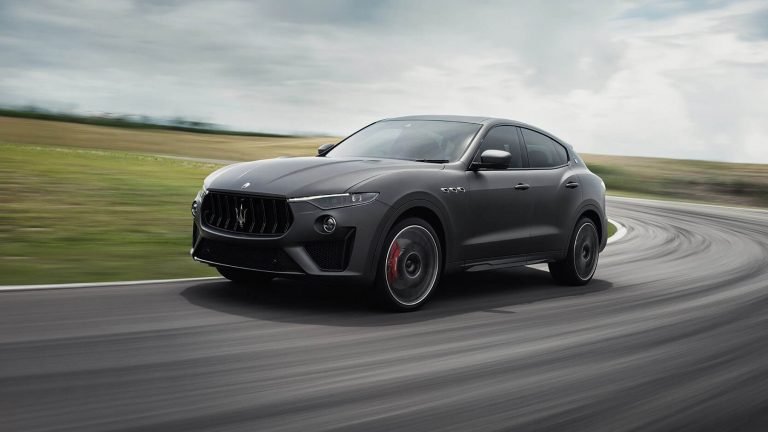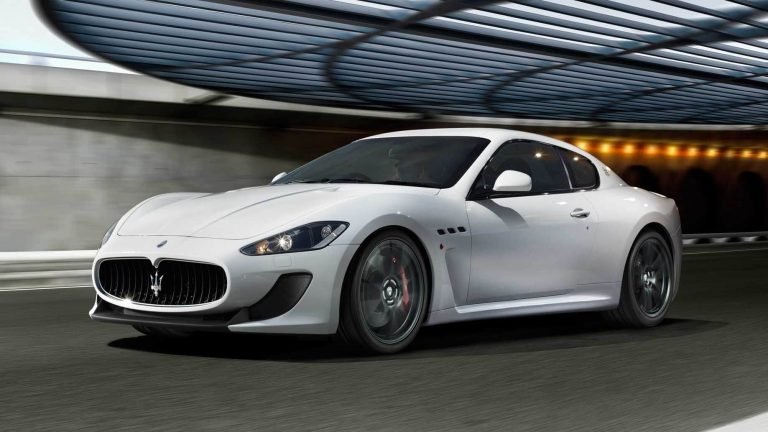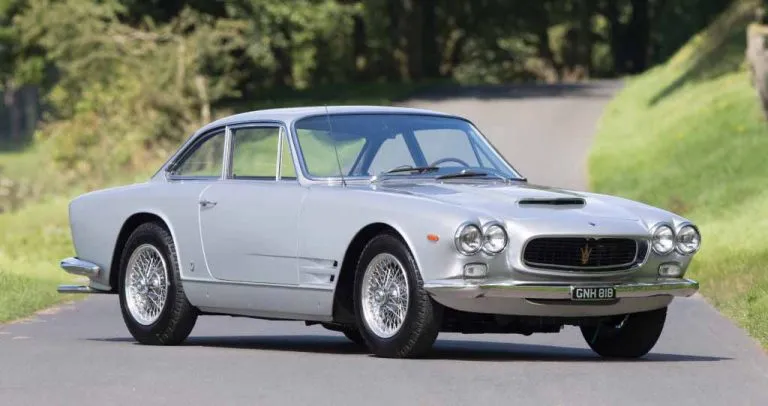Maserati Bora Review – The Classic 70’s Supercar
This year marks the 50th anniversary of the unveiling of their first supercar – the Maserati Bora. Their initial development of a mid-engine two-seater sports car. The all too familiar wedge-shaped style of automobile, designed by the world’s leading Italian designer, would offer something different from the rest of the, early emerging market, of mid-engine racers.
Its essence would go on to influence a variety of iconic cars into the future, including the BMW M1, the Datsun 280ZX and the Delorean. Just like other esteemed Tridents, the Maserati Bora had exemplary performance and handling while offering a larger amount of comfort and practicality. What we see in today’s models are no different to what they were trying to achieve 50 years ago.
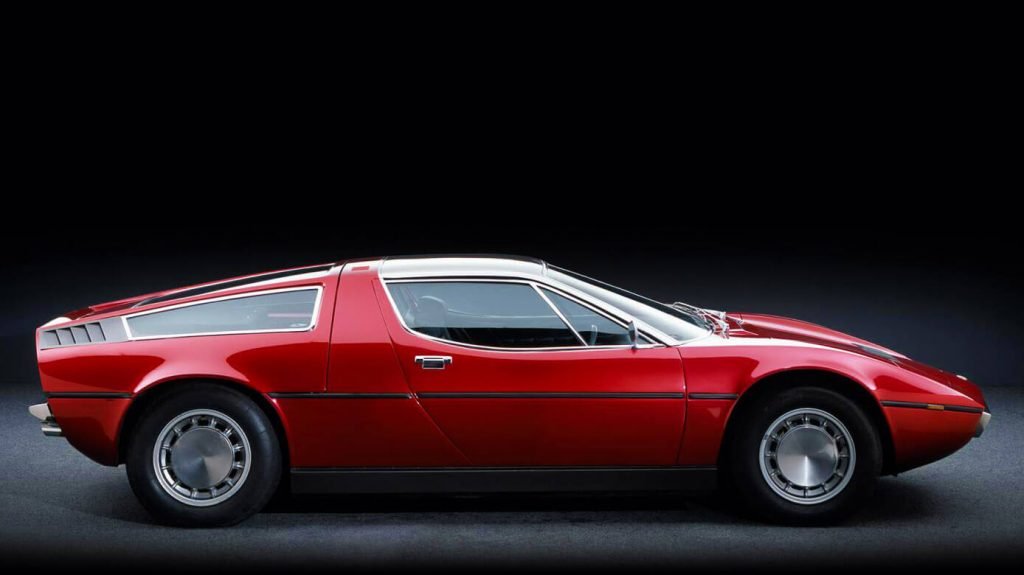
But this iconic supercar came into being at a difficult time for Maserati and would eventually suffer deeply from other mitigating factors at the time. To the point that the Modena carmaker was actually put into liquidation and would have become just another chapter in the history books of the automobile industry.
So, what was the sudden rush to build mid-engine sports cars? How would a small bespoke factory finance such a development and where did it all go wrong? What was the performance like?
Mid-engine Excitement
To understand where this sudden rush for sporty little racers, with engines lucked in behind the driver, began, we must go back five years to 1966. At the Geneva Motor Show, Lamborghini would unveil an “experiment” designed by their engineers (originally against the wishes of the owner, Snr Lamborghini) called the ‘Miura’ (named after the famous Spanish Fighting Bull. The design blew everybody’s mind.
This two-seater V12 automobile that cost US$20,000 (today’s equivalent of $160,000) sold like hotcakes and would prompt other Italian carmakers to quickly follow suit. In the following year, Ferrari would create the V6 Dino 206 while De Tomaso produced the V8 Mangusta.
During this time, Maserati could only look on and dream. Their current state of the carmaker just did not allow for any major redevelopment of any projects. They would have to wait for now.
But, by the following year, in 1968, the small Modena factory was bought by the French carmaker, Citroen. The big French company were looking to put better engines into some of their own projects, especially the Citroen SM, though they were willing to bolster the financial backing for Maserati and offer a lot of their cutting-edge technology.
So, as soon as the ink was dry on the contract, they were already proposing a two-seater mid-engine Maserati to be developed. By 1969, there was a Maserati Bora concept on the road but it would be only by March 1971 when they were ready to present the finished car at the Geneva Salon. By the end of the year, models of the 1971 Maserati Bora were already leaving dealer showrooms and being sold.
Classic Italian Flair
The man tasked to designing this new model was, Giorgetto Giugiaro, of Italdesign and it would be one of their first auto design projects for this (future) famous design house. He spoke previously, about what his remit was for the Maserati Bora. “To make a car that was clearly a Maserati. Modern but devoid of the exotic look that unnecessary decorations can create. Strikingly sporty but not inordinately aggressive, innovative but not revolutionary”. Reading this now and you see Maserati’s credo has not changed from those words from long ago.
Its name would be taken from a wind, similar to other Maserati models, as it referenced a certain strong wind that blew through Northern Italy.
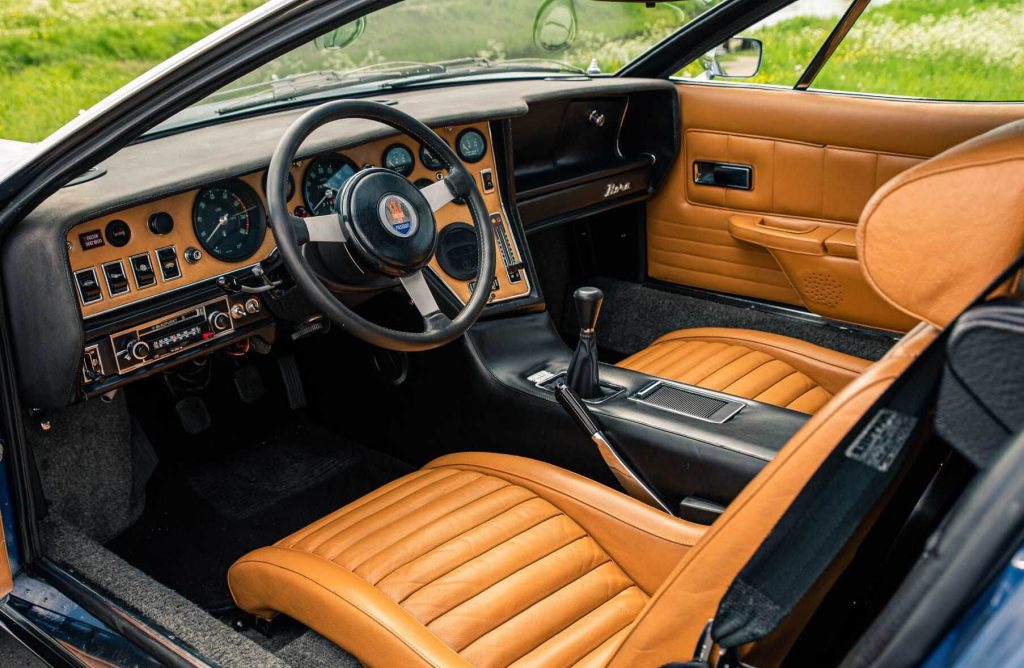
Unlike the other current mid-engine sports cars, the Maserati Bora was much more comfortable in its interior design and more practical due to its large front trunk. It also offered a much larger selection of technical improvements than previous Maserati models. Their first production car with independent suspension and also utilizing a lot of hydraulics, borrowed from Citroen, which operates the brakes, the pop-up headlights, the adjustable foot pedal cluster and the driver’s seat height.
To ensure better cabin noise reduction than their rivals, they installed a double layer of glass between the rear window and the engine casing as well as covering the top of the engine with aluminum covered with a carpet.
Maserati Power
The engines built for the Maserati Bora would be from a direct lineage to the famous 450S race car. The aluminum alloy engine came in two formats initially, a 4,7 liter and a 4.9-liter V8. The output for the 4.7L was 310 bhp at 6,000 rpm with 325 lb-ft of torque at 4,000 rpm while the larger 4.9L provided 320 bhp and 335 lb-ft of torque. Top speeds were stated to be 168 mph and 177 mph respectively. Later on, all models would use a re-tuned 4.9-liter V8 that was certified for the North American market which had 310 bhp but a stronger torque of 339 lb-ft.
The gearbox would, of course, be provided by the German-made, ZF, who fitted it with a five-speed manual transmission.
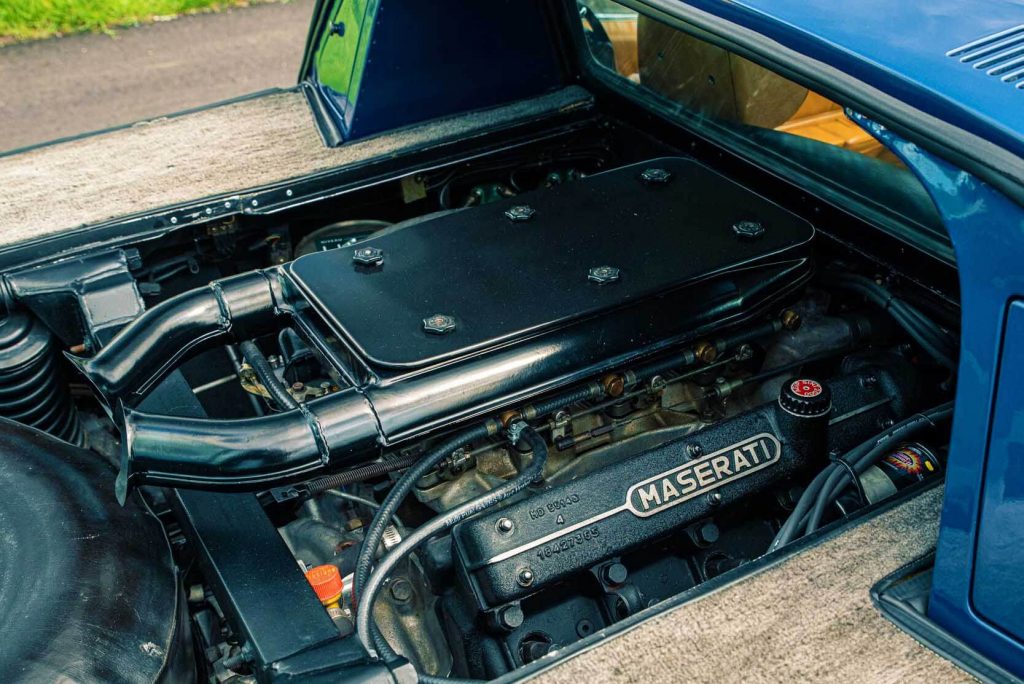
Maserati Bora Precision Handling
We might not be surprised to hear what the reviewers at the time said of the handling of the Maserati Bora. They expressed surprise at how well the car handled fast corners and how it gripped the road, unlike the more powerful “mid-engine missiles” that could get very unstable at high speed.
Even reviewers, test driving the car today, were amazed as to its great performance. The hydraulic brakes were performing well both then and now and is also one of the highlights to this mid-engine Maserati.
Little Brother
Only a year after the release of the Maserati Bora, they would produce a sister model to it called, the Merak. This used the same bodywork with only slight variations to the Bora. The dual front grille was replaced by a double chrome bumper and the glass containing the engine was removed completely, leaving it with a flat metallic cover that sits behind the rear window.
They would fit it out with a smaller engine, only giving it a 3.0 liter V6 instead. But with a smaller engine block, they had saved 12 inches of space and, instead of reducing the wheelbase, they installed rear seats into the Merak making it a 2+2. Engine power was 187 bhp at 6,000 rpm and 188 lb-ft or torque that enabled it to hit a top speed of 149 mph. Though, in later models, they would reconfigure the engine to improve the output by 30 bhp and raise the overall power to 217 bhp.
Nimble & Nippy
Reviews of the Maserati Merak, then and now, proved to be just as positive. With drivers exclaiming its great nimble performance on the road and light handling in cornering. Though it was not as powerful as its rivals (Lamborghini Urraco and the Ferrari Dino 308 GT4) this was not what it was setting out to do. But trying to be something more than just a ‘rocket on wheels’.
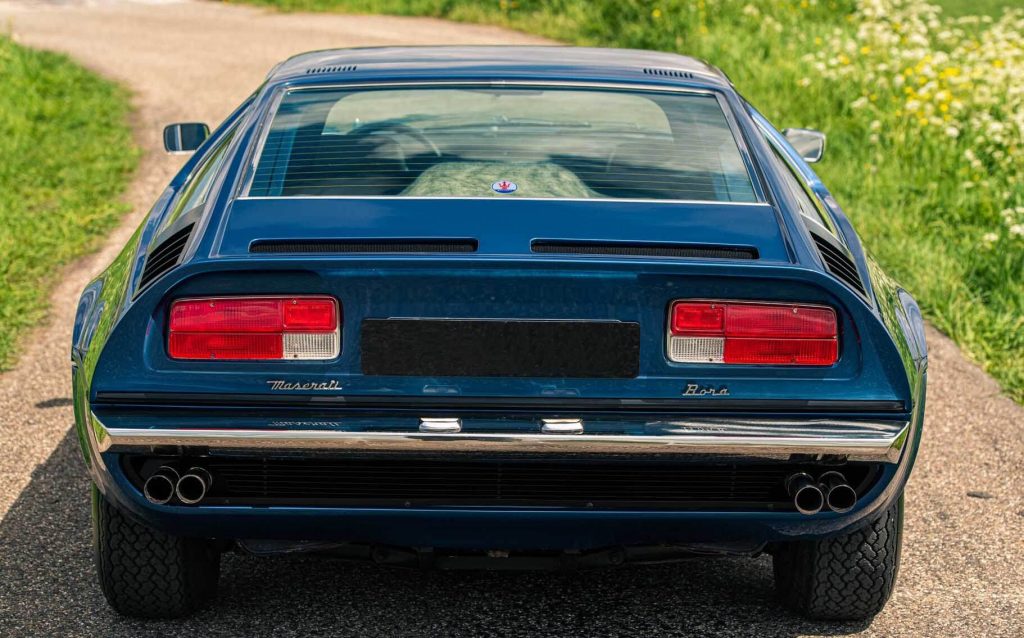
Oil Crisis & High Taxation
Two years after it was released, in 1973, disaster would befall the automotive industry. When OPEC cut off fuel supply to most of the western world. Large gas guzzling motors were cut down at a stroke as car owners looked for more economic automobiles to run. The days of big 4.0 to 5.0 liter engines were over (for now).
To add to Maserati’s problems was the fact that the Italian government had imposed higher taxation on bigger engine cars. Though their Italian competitors were not so affected, as their domestic sales only amounted to around 20%, for Maserati it was devastating as 60-70% of their market was locally sourced.
Nail in the Coffin
If this was not enough, by 1974, their parent company, Citroen, declared bankruptcy. Maserati’s sales would dive from 360 units for the 1973 Maserati Bora, to just 150 models the following year. By May of the following year, Citroen made the announcement that Maserati had been put into liquidation with the threat of 800 workers losing their jobs in Modena.
But the thought of losing such an iconic Italian company was too much to bear for everyone. With the help of trade unions, the Mayor of Modena, local politicians and representatives of the Italian government (who went to Paris to meet with the Chairman of Citroen) the worst was averted.
Citroen would announce that they were in negotiations with a possible Italian buyer; the Argentinian industrialist and CEO of the De Tomaso motor company. Just as the 1975 Maserati Bora was rolling off the production line the deal would be finalized in the same year and one of De Tomaso’s first decisions was to discontinue the Maserati Bora. Consequently the 1977 Maserati Bora sales were declining and the Bora would then proceed into its final production year in 1978 with the last of the 564 models rolling off the production line. With sales of around 100 models a year, the Merak would continue until 1982.
Though it had a short and troubled lifespan, the legacy the Maserati Bora left is still felt today. Great styling, performance and handling with sensible practicality, ensured that it lives on in the memory of many cars in the modern era. A classic supercar of the 70’s.


